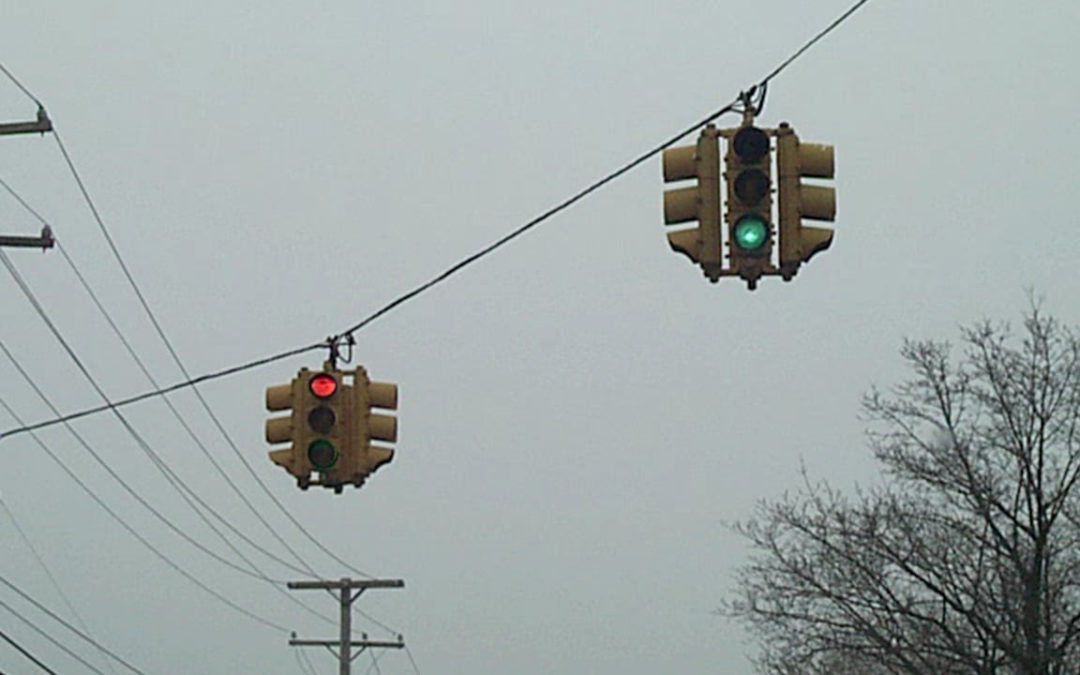Back before I started my business law firm in 1990, I was hired by a respected personal injury law firm to try their bad cases as well as the “impossible cases.”
So, what is an “impossible case”?
Here’s an example: I tried a case where two motorcyclists in Western Maryland collided head on coming around a turn and, along with lots of broken bones, both drivers got amnesia so neither could testify who crossed the center line and, of course, there were no witnesses.
Midway through the trial, which came down to the inferences of skid marks and comparisons of the two front wheels, the case was settled when the insurance companies came to their senses and decided to pay the litigants instead of the lawyers.
No one will ever know who crossed the center line and so no one will ever know what the truth really was.
It was one of those “impossible cases.”
Over forty years ago, there was one impossible case I tried that still troubles me.
It was just a simple red light/green light case. The high school girl who I represented was listening to the radio while driving late one December afternoon down Eastern Avenue where it crosses Gusryan Street in eastern Baltimore.
As the girl approached the traffic light at the intersection, she claimed her light was green, so she drove through the intersection and hit a car. The driver of that car and his three passengers claimed his light had changed to green as he approached the intersection, so he kept up his speed climbing the little hill and got hit under the stop light at Eastern Avenue.
Both drivers and the passengers in the man’s car all claimed the other car had gone through the red light and caused the accident. It was a fine example of a classic “he said/she said” impossible case.
I wanted to win the case and there wasn’t much to work with, so I decided to use cross examination to question the credibility of the driver and his passengers’ testimony and use it against them.
I asked the judge to sequester each of the witnesses in the car so that they could not talk to each other before or after each went on the witness stand to answer my cross examination.
I asked everybody in the man’s car the same two questions: “Did you yourself see the light change to green before your car went through the intersection?”
And then I asked the passengers, “Isn’t it true that the driver is your boss?”
Both the driver and all the passengers answered yes to both questions.
I set the trap and it snapped shut.
At the close of the case, I asked the jury what is the likelihood that all four people in that car were watching exactly at the moment that the light changed from red to green? And then, “Wasn’t it true that the reason that all the passengers in the car were allwatching when the light turned green was because the driver was their boss?”
It was a magic trick.
It is the trick I play on myself neatly everyday but rarely do I get caught. It pits my belief that it is not okay to imply the truth and twist a situation just a little bit against my need to win.
I won the case, but the logic doesn’t hold.
After the jury came back, the boss came over to me. He had just lost the case but there was no anger. He held out his hand and congratulated me. “You did a wonderful job for your client but I do know in a way that you can’t. I know the light was green. I saw it.”
I saw it in his eyes.
It was no longer one of those impossible cases. I had made a mistake.

